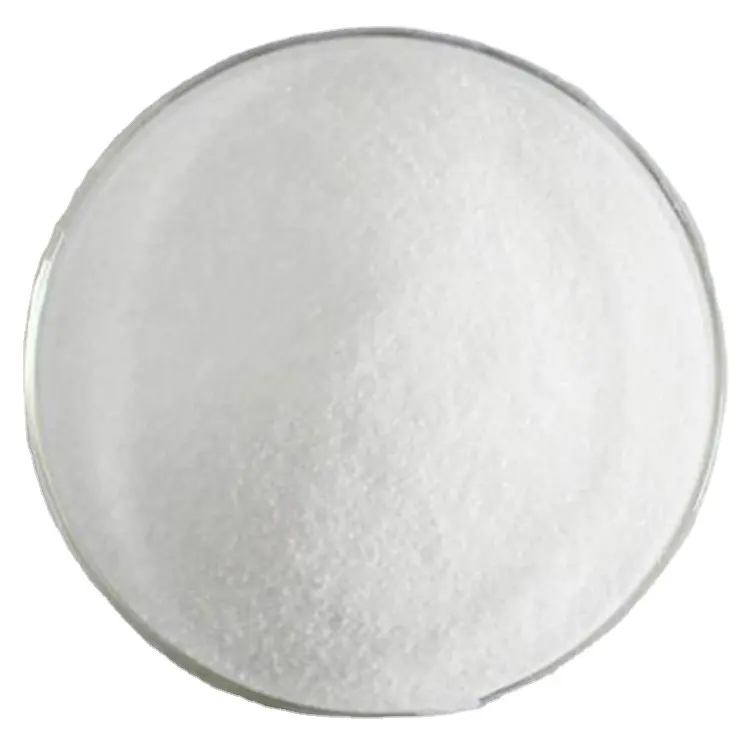
10 月 . 02, 2024 19:20 Back to list
Titanium Dioxide Production in Colorant Manufacturing Facilities
The Role of Titanium Dioxide in Modern Industry Factories, Applications, and Sustainability
Titanium dioxide (TiO2) is a white, opaque pigment that plays a critical role in various industries, offering high brightness and excellent opacity. Its unique properties have made it a staple in the production of paints, coatings, plastics, cosmetics, and even food. As the demand for titanium dioxide continues to grow, so does the reliance on factories that specialize in its production. This article will explore the significance of titanium dioxide, the process of its manufacturing, and the industry's commitment to sustainability.
Understanding Titanium Dioxide
Titanium dioxide is renowned for its ability to enhance the appearance of products by boosting whiteness and brightness. It is characterized by its non-toxic nature, UV resistance, and chemical stability, making it ideal for use in a wide range of applications. In the paint and coatings industry, for instance, TiO2 contributes to the durability and aesthetic appeal of the final product. In plastics, it helps in UV protection, extending the lifespan of plastic items exposed to sunlight.
The cosmetic industry has also embraced titanium dioxide, incorporating it into sunscreens, foundations, and other beauty products due to its ability to block UV rays and provide a smooth finish. Furthermore, it is used in the food industry as a food coloring agent, indicated as E171, although its use is being scrutinized in some regions due to health concerns.
The Manufacturing Process
The production of titanium dioxide primarily involves two methods the sulfate process and the chloride process.
1. Sulfate Process This method begins with the roasting of ilmenite (iron titanium oxide) in sulfuric acid, which creates titanium sulfate. Subsequent hydrolysis of titanium sulfate results in precipitated titanium dioxide. This process, while productive, can produce large amounts of waste and requires significant acid and water resources.
2. Chloride Process This more modern method starts with the chlorination of titanium ore, resulting in titanium tetrachloride. The titanium tetrachloride is then oxidized to form pure titanium dioxide. This process is seen as more efficient and environmentally favorable, producing less waste and using fewer chemicals overall.
colorant titanium dioxide factories

Environmental Considerations
As the titanium dioxide industry grows, so does the importance of sustainable practices. Factories are increasingly adopting measures to minimize their environmental footprint. Many are implementing advanced filtration systems to reduce airborne emissions and investing in technologies that reduce water and energy consumption during production.
Additionally, there has been a push towards recycling waste materials generated during the manufacturing process. For instance, waste sulfate can be neutralized and repurposed in various applications, reducing the overall waste generated by TiO2 production.
The Future of Titanium Dioxide Factories
The future of titanium dioxide factories seems promising yet challenging. With the increasing global emphasis on sustainability and regulations regarding environmental impact, manufacturers must innovate and adapt. Companies are exploring alternatives to traditional raw materials and seeking to improve the efficiency of the production processes.
Moreover, as consumer awareness regarding health and safety grows, especially concerning the use of titanium dioxide in food and cosmetics, companies are investing in research to ensure the safety and efficacy of their products.
Conclusion
Titanium dioxide is an indispensable component in modern manufacturing and has applications that span multiple industries. As production factories evolve, they are not only focusing on enhancing their output and efficiency but are also embracing sustainable practices to protect the environment. The balance between meeting the growing demand for titanium dioxide and ensuring the safety of the environment is crucial for the future of this industry. With continued innovation and a commitment to sustainability, titanium dioxide factories can thrive while contributing positively to society.
-
Lithopone for Plastic & TiO2 R-5568/SK-6658 Masterbatch Solutions
NewsMay.30,2025
-
China Leading Rutile TiO2 Manufacturer - R5566 & R996 Grades Available
NewsMay.30,2025
-
High-Purity Anatase & Rutile TiO2 Powder Trusted Manufacturer
NewsMay.30,2025
-
High-Purity Anatase Products Trusted Supplier & Manufacturer
NewsMay.29,2025
-
Best Price Eco-Friendly Rutile TiO2 Supplier & Wholesale Factory
NewsMay.29,2025
-
Chinese Anatase Titanium Dioxide for Ceramic Glaze Reliable Supplier
NewsMay.29,2025
